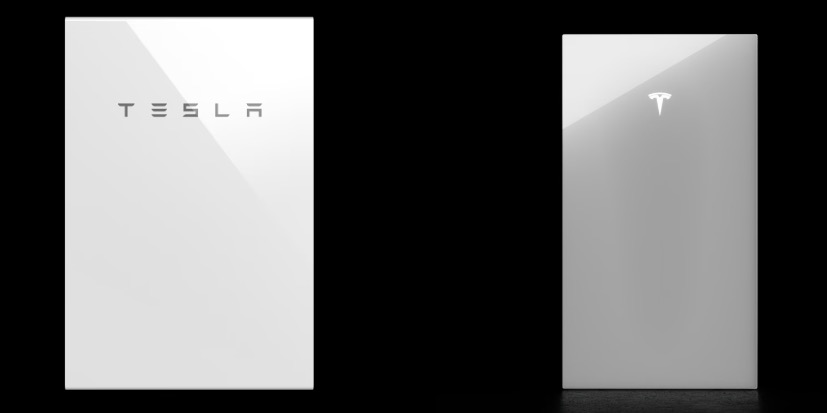
Tesla Powerwall 3 vs Powerwall 2: What’s New?
Tesla has officially unveiled details about its upcoming Powerwall 3, the third-generation of its home battery system designed to store solar energy and provide backup power during grid outages.
We previously saw a Tesla customer share that a Powerwall 3 was being installed at their home, but now we have official info on Tesla’s website.
Enhanced Features
Powerwall 3 is designed to supply more power with a single unit and offers easy expansion to meet current or future energy needs. Unlike its predecessor, Powerwall 3 features an integrated solar inverter, allowing for direct, high-efficiency solar connections. While Powerwall 2 is compatible with all major solar inverters and can be added to existing solar systems, Powerwall 3 is not backward compatible with Powerwall 2 or other solar inverters.
Availability and Compatibility
Customers interested in adding battery storage to their new or existing solar systems can currently opt for Powerwall 2 or Powerwall+, both of which are available for immediate installation. Powerwall 3, however, will be available to customers starting in 2024. Those who have already ordered Powerwall 2 will not be able to change their orders to Powerwall 3.
Financial Incentives
Tesla has confirmed that Powerwall 3 will not be eligible for the $500 rebate offer, which is available for Powerwall 2 or Powerwall+ installations between June 15, 2023, and October 31, 2023.
Warranty and Regulatory Considerations
Both Powerwall 2 and Powerwall 3 come with a 10-year warranty. For California residents considering an upgrade, switching to Powerwall 3 will result in the loss of their NEM 2.0 status, requiring them to enroll in the new Net Billing Tariff.
Monitoring and Management
Once installed, all Powerwall systems can be monitored and managed using the Tesla app, allowing customers to customize system behavior to meet their energy goals.
The introduction of Powerwall 3 marks Tesla’s continued commitment to advancing clean energy solutions, albeit with limitations on compatibility and financial incentives.
Here’s a breakdown below comparing Powerwall 2 versus Powerwall 3:
Energy Capacity
- Powerwall 2: 13.5 kWh
- Powerwall 3: 13.5 kWh
Both models offer the same energy capacity, making them equally capable in terms of energy storage.
On-Grid Power
- Powerwall 2: 5.8 kVA continuous
- Powerwall 3: 11.5 kW continuous
Powerwall 3 offers nearly double the continuous on-grid power compared to Powerwall 2, making it more efficient for on-grid applications.
Backup Power
- Powerwall 2: 10 kW peak, 106A LRA motor start
- Powerwall 3: 11.5 kW continuous, 150 LRA motor start
Powerwall 3 provides higher continuous backup power and a stronger motor start capability, enhancing its performance during power outages.
Size and Weight
- Powerwall 2: 45.3 in x 29.6 in x 5.75 in, 251.3 lbs
- Powerwall 3: 43.25 in x 24 in x 7.6 in, 287 lbs
Powerwall 3 is slightly smaller but heavier than Powerwall 2, which may be a consideration for installation space and support.
Scalability
- Powerwall 2: Not specified
- Powerwall 3: System expansion available anytime, 40.5 kWh max addition per unit
Powerwall 3 offers easy scalability, allowing homeowners to expand their systems as their energy needs grow.
Inverter
- Powerwall 2: Not specified
- Powerwall 3: Solar-to-grid efficiency of 97.5%, 6 solar inputs with Maximum Power Point Trackers
Powerwall 3 comes with an integrated solar inverter, making it more efficient and versatile in solar-to-grid energy conversion.
Installation and Certification
Both models offer seamless backup transition, flood and dust resistance, and meet North American safety and EMI standards. Powerwall 3 also comes with an integrated inverter and system controller.
Warranty
- Powerwall 2: 10 years
- Powerwall 3: 10 years
Both models come with a 10-year warranty, offering long-term reliability.
In summary, while both Powerwall 2 and Powerwall 3 offer robust features for home energy storage, Powerwall 3 stands out for its higher on-grid and backup power, scalability, and integrated solar inverter, making it a more advanced and versatile option.



